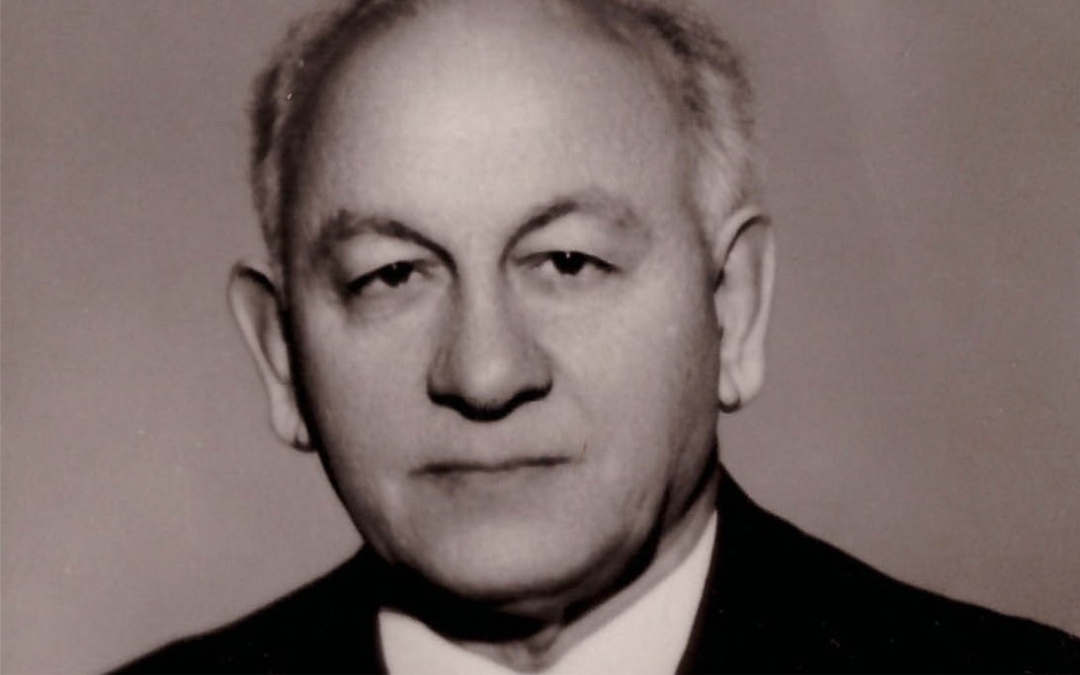Milorad S. Jović, a versatile personality, pedagogue, researcher, director, screenwriter, writer, is best remembered as one of the founders and the first director of the National Museum Kraljevo. He was born on August 30th, 1903 in Čukojevac near Kraljevo. Jović comes from a priestly family, as one of the five children of protoierius Svetislav Jović and his wife Dafina, a native of Zablaće, daughter of Vladimir Popović, a distinguished priest and member of the court of the Diocese of Žička.
After finishing primary school in Mrčajevci, he entered the Gymnasium in Čačak, while he finished the Teacher’s School in Vršac in 1924. He continued his education at the Higher Pedagogical School in Belgrade, where he graduated in 1930, after which he worked as a teacher and principal in many cities, mostly in Kraljevo. From his first marriage with Zagorka Jović, a native of Mokrin, he had a daughter Ljiljana, while with his second wife, Vjekoslava Godler from Karlovac, in the first post-war years he worked at the Gymnasium in Kraljevo.
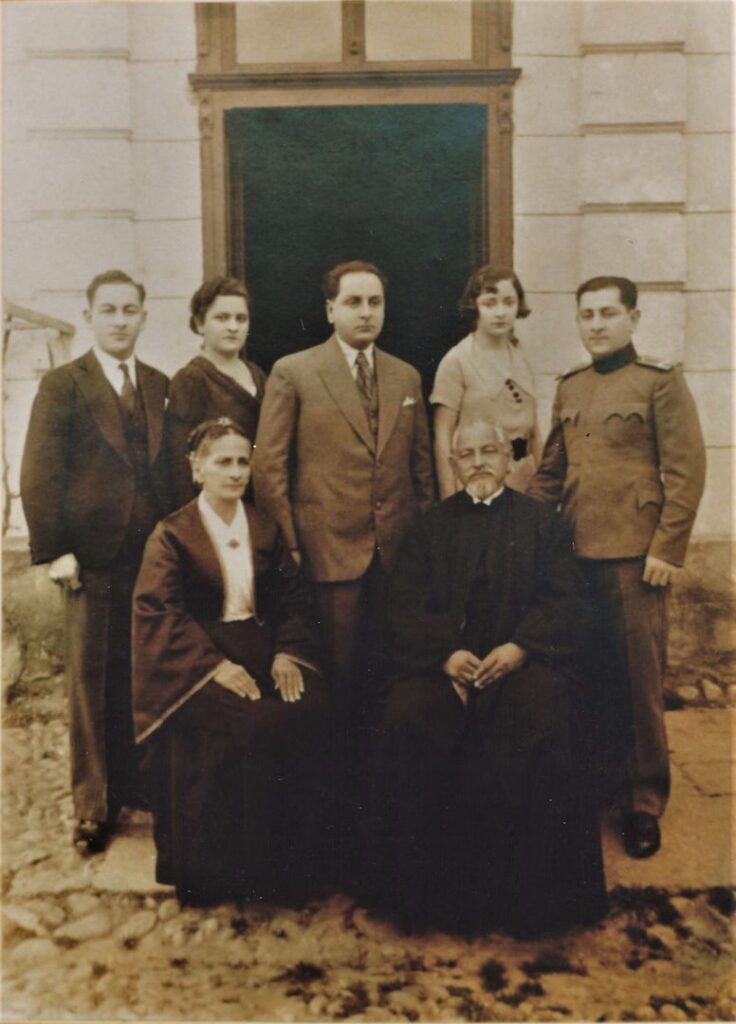
Jović left his mark in many fields of science and culture, and above all in pedagogy, where he was involved in the development of teaching materials and writing textbooks, especially in the pre-war period. He first patented the “Yugoslav abacus” with toys, which was approved by the Ministry of Education in 1931. In 1939, he first published the “Strategic Map of the Battle of Kosovo” with the All-Slovenian Bookstore, and then, in cooperation with his brother, Major Aleksandar S. Jović, created a version of the “Strategic-Historical Map of the Battle of Kosovo”. With his sister Danica, he co-authored the textbook “Home Economics” for the third grade of civil schools, for all three majors, which was published in 1939 in Belgrade, and in the book “Falconry in the Light of the Science of Political History, Sociology, Aesthetics, Psychology, Biology, Eugenics and Pedagogy” reflects his love for sports, especially gymnastics. He was also an associate of the magazine “Pravda” for the cultural and educational column. He excelled in the field of dramaturgy as the author of many theatre plays, and he also wrote dramas, humorous melodramas, comedies, dramatic pictures, operettas, scripts for short feature films and documentaries. In the post-war period, he returned to abacuses, so for the new patent “Abacuses with Computational Moving Images” he received. approval in 1959, and after that he received permission for the old “Yugoslav abacus” patent in 1962.
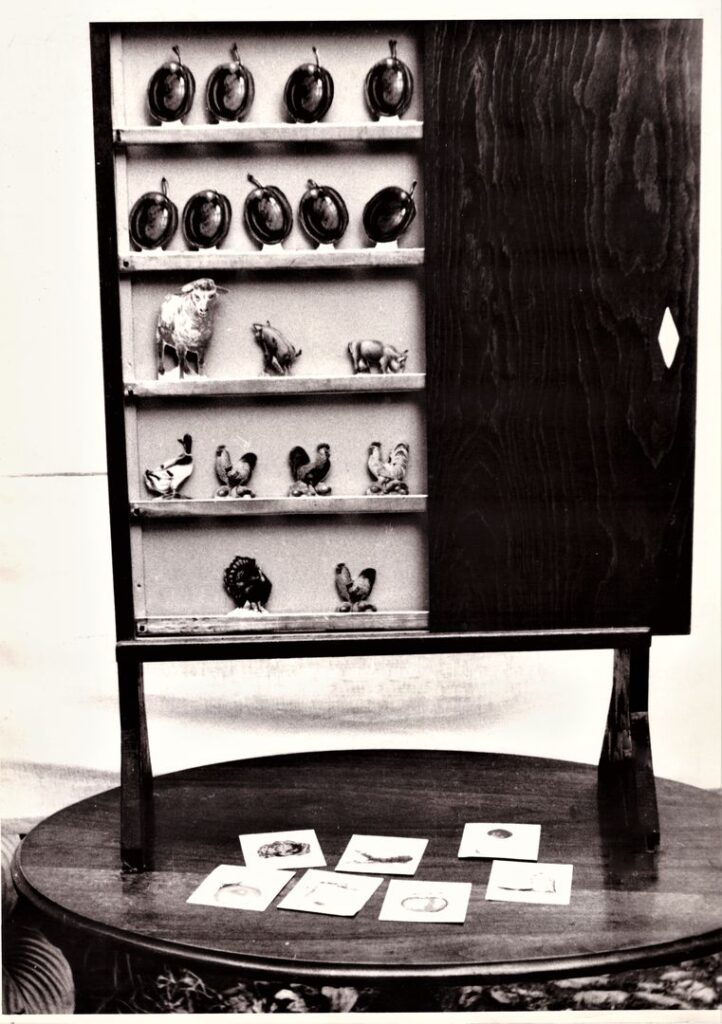
In the post-war period, Milorad S. Jović was active in twelve committees, among which the most important was the one for the establishment of the Museum in what was then Rankovićevo. That is, he was the main inspirer and author of the Museum’s programmatic vision, and after its foundation, on May 1st, 1950, Milorad S. Jović became the first director of this institution. From the very beginning, he built a solid foundation for the development and operation of a museum of a complex type. With the help of a network of collaborators, he collected rich material and founded the basic collections that still exist today: archaeological, historical, numismatic, ethnological, natural history and art collections. He also formed a museum library. In addition to his work as a director, he practically became a curator of history and numismatics. He is the author of several exhibitions such as “People’s Liberation Struggle and Revolution” (1951), “First and Second Serbian Uprising” (1954), “Balkan and First World War” (1957), “Evolution of the Planet and Man” in 1958.
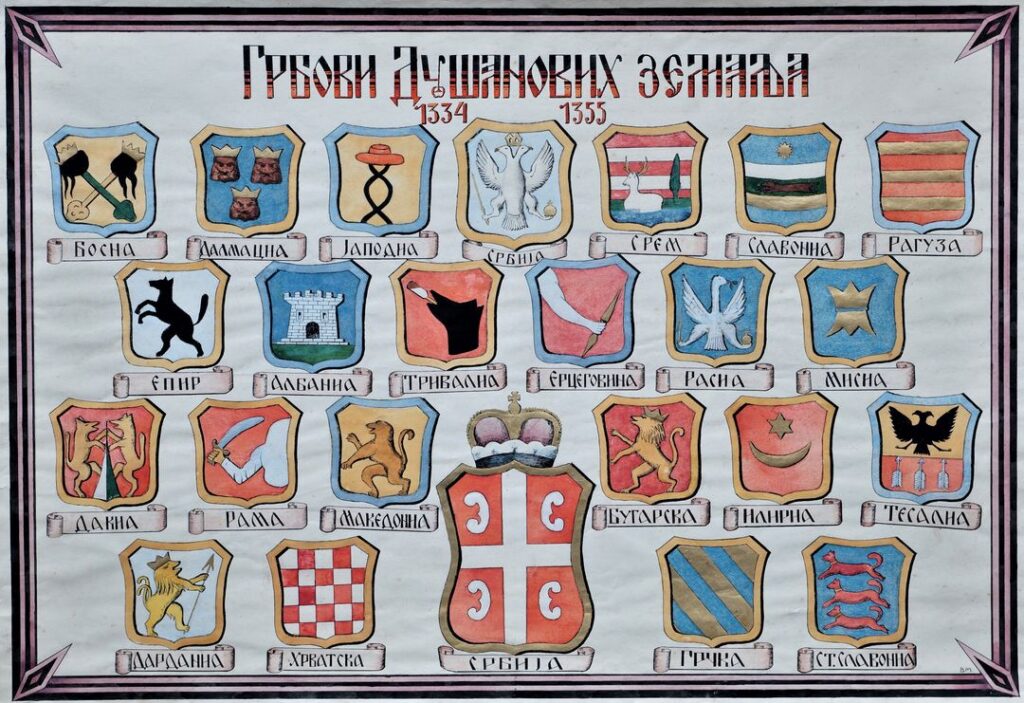
One of the basic ideas that Milorad Jović expressed in his vision of the Museum is that, in relation to its position, it should be the Museum of the Raška State, which the post-war authorities did not support. But Jović developed this concept during his work, understanding that it is the most important cultural heritage horizon of the space on which the Museum operates. He hired the painters Aleksandar Tomašević and Jaroslav Kratina to make copies of frescoes, and the painter Zagorka Janc to make copies of medieval manuscripts, charters, books, and miniatures. Copies of frescoes from Sopoćani arrived from the National Museum in Belgrade. On his initiative, the painter Vladislav Maržik made a large number of drawings of medieval Serbian monasteries, dynastic trees of medieval Serbian ruling families, copies of the most important manuscripts with miniatures, original drawings of carpets with motifs inspired by medieval frescoes of the 18th to 19th centuries, as well as drawings that reconstructed the appearance of Karanovac at the beginning of the century, portraits of important figures from the past of Kraljevo and others.
Cooperation of Milorad S. Jović with artists from all over Yugoslavia was of inestimable importance for the work of the Museum and its collections in the beginning. Works by Vasa Pomorišac, Zora Petrović, Pivo Karamatijević, Živan Vulić, Živorad Nastasijević, Ljubo Ivanović, Beta Vukanović, Miodrag Protić, Čeda Pavlović, Ksenija Divljak, Vladislav Maržik, Mića Popović and others have reached the Museum. Today, the National Museum Kraljevo houses the legacy of the painter Mirko Počuča, which contains 64 works of our eminent fine artists, which Počuča dedicated to his grandmother Jelena Raičević Baja and his friend, the founder and first director of the National Museum Kraljevo, Milorad Jović.
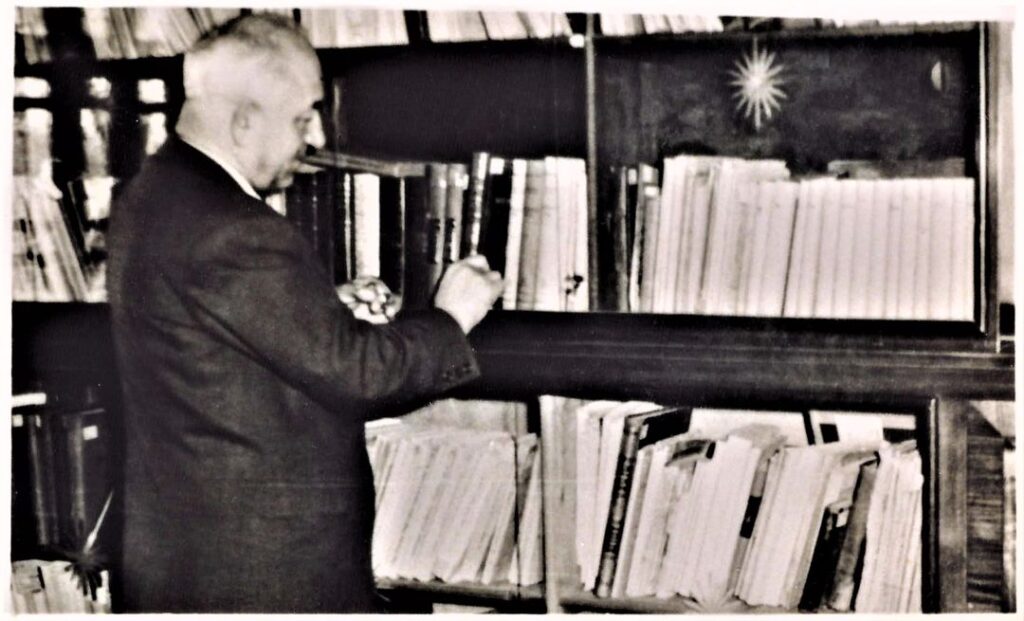
In the mid-fifties, professor Milorad S. Jović became the target of ideological persecution, so he was removed from the post of museum director at the beginning of 1955, but despite this, he was still held by the initial research elan. However, on September 1st, 1960, the People’s Committee of the municipality of Kraljevo decided that the National Museum would temporarily suspend its activities due to the reconstruction of Lord Vasa’s Residence as the museum building, while Jović retired the same year. After that, Milorad and Vjekoslava Jović moved to Belgrade.
Milorad S. Jović died on June 21st, 1970, and was buried at the cemetery in Kraljevo. He left behind numerous exhibits and documents from the first decade of the institution, which are kept today in the National Museum in Kraljevo. Part of the inheritance is in his Personal Fund in the Historical Archive Kraljevo, and part is privately owned by his closest relatives, the Panić family from Belgrade.
Despite the fact that Milorad S. Jović was an excellent professor, pedagogue, writer, dramatist and inventor, as many of his students and colleagues remember him, he will be remembered as one of the most deserving of the foundation of the museum institution. As the first director, a tireless researcher and initiator of the development of all museum departments and collections, he was the bearer of the vision of this institution, as a beacon of culture, which still represents a guide in the work of the National Museum Kraljevo.
Oleg Romanov
archaeologist, senior curator
National Museum Kraljevo
